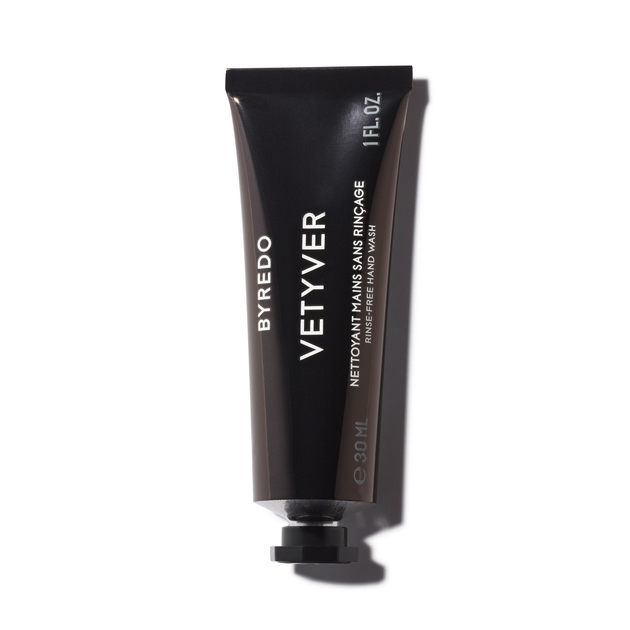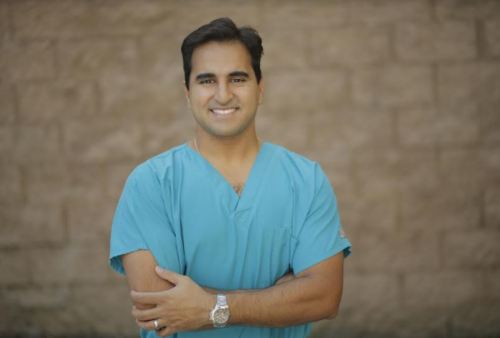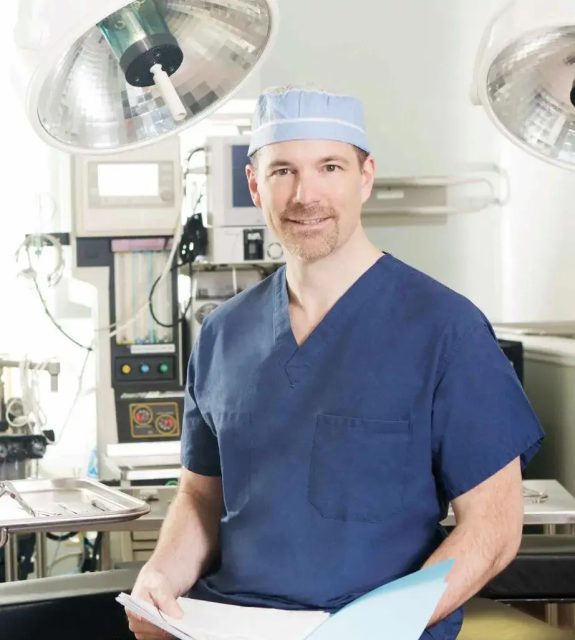The upper arms can be affected by the natural aging process, as well as significant weight fluctuations. Dr. S. Alex Earle of Miami’s Pure Plastic Surgery explains two options for restoring a more youthful, toned appearance—and the ideal patients for both.
Loose, sagging skin on the upper arms is a common concern for both women and men. A droopy, bat-wing-like appearance is most often caused by aging and repeated weight gain and loss, and this area is prone to fat accumulation that is highly resistant to diet and exercise as well. Excess skin and fat on the upper arms can be more than a cosmetic issue that makes it difficult to find sleeves that fit, and more severe cases can cause chafing and irritation. The two main treatments for improving the appearance of the upper arms are liposuction and brachioplasty (or an arm lift), and the best procedure for a patient depends on a variety of factors.
In patients whose upper-arm concerns are due primarily to fat, liposuction is generally the ideal approach. This procedure involves inserting a metal tube called a cannula through small incisions to loosen unwanted fat before it is removed with vacuum suction. The incisions are strategically placed—usually in the armpit and close to the elbow—so they are barely visible once healed.
After surgery, patients are usually sent home wearing compression sleeves to promote healing and help the skin “fit” the arms’ new shape. Although most patients are back to work within a few days after liposuction, swelling, bruising and soreness are to be expected for one to two weeks after the procedure, and it’s important to avoid strenuous activity while the body heals. Arm liposuction results are generally long-lasting as long as a stable weight is maintained.
In order to be a candidate for liposuction, the patient must have good skin elasticity to ensure the skin conforms to the arms’ new contours after the procedure. In cases of minor skin laxity, non-invasive skin-tightening treatments may be able to further refine results after liposuction. It's essential that patients understand that liposuction only addresses fat and does not improve the appearance of loose, sagging skin. Patients with both of these concerns in upper arms may require an arm lift with liposuction for optimal outcomes.
Arm lift surgery is designed to restore firmness and definition by removing excess skin and fat. There are a few variations of this procedure, but all arms lifts require an incision that may be visible once healed.
Short-scar arm lift: In patients whose concerns are limited to excess skin (and not excess fat) on the inner arm, this variation may be able to achieve the desired tightening and toning. The incision is placed in the armpit, so it is hard to detect after recovery.
Limited-incision arm lift: For patients with moderate excess skin and fat, this variation requires an incision running from the armpit to the middle of the upper arm.
Traditional arm lift: The ideal surgical solution for patients with severe sagging skin and fatty tissue, this variation requires an incision that spans from the armpit to the elbow in order to reshape the upper arms. In the most severe cases, an extended arm lift incision may begin on the side of the chest.
Arm lift surgery usually takes from one to three hours and is performed under general anesthesia on an outpatient basis. Recovery ranges from one to two weeks, and patients have specific activity restrictions during this time, including no driving for at least 10 days. After surgery, the arms are bandaged, and the patient is sent home wearing compression sleeves that are only to be taken off while showering. Drains may be placed during surgery to minimize post-operative swelling however they are usually removed after a few days at the first post-operative visit. Most swelling and bruising resolves within two weeks. Patients must avoid activities that engage the arms for four weeks and heavy lifting for six weeks, at which time most patients can resume their usual exercise and lifestyle. Scars will be red and visible at first, but they continue to fade and refine for up to a year after surgery.
Arm lift results are long-lasting but can be affected by future weight fluctuations and the natural aging process. Committing to a healthy lifestyle that includes a good diet and regular exercise is the best way to maintain arm lift outcomes.
For more information, visit Dr. S. Alexander Earle's social media:





















